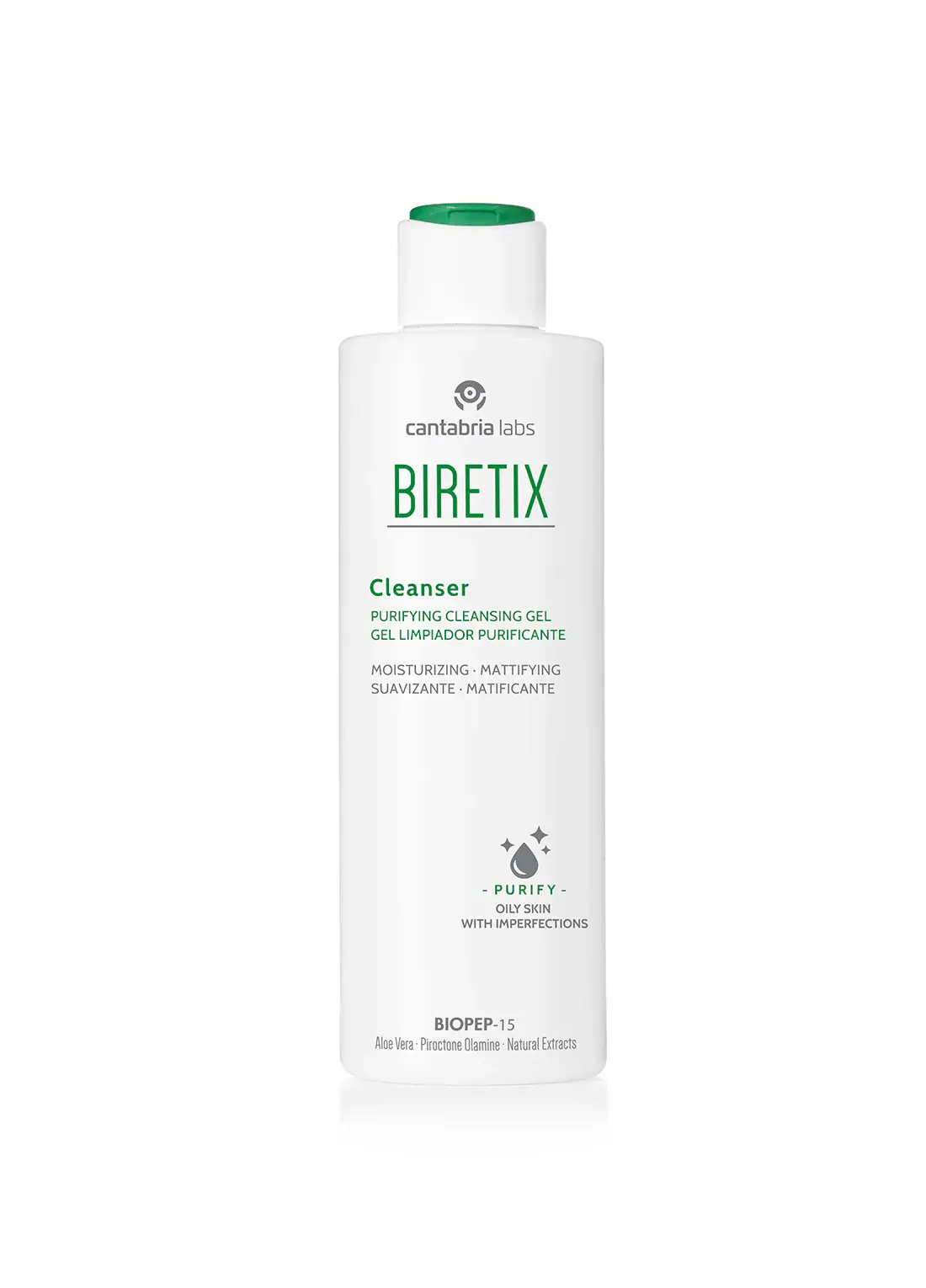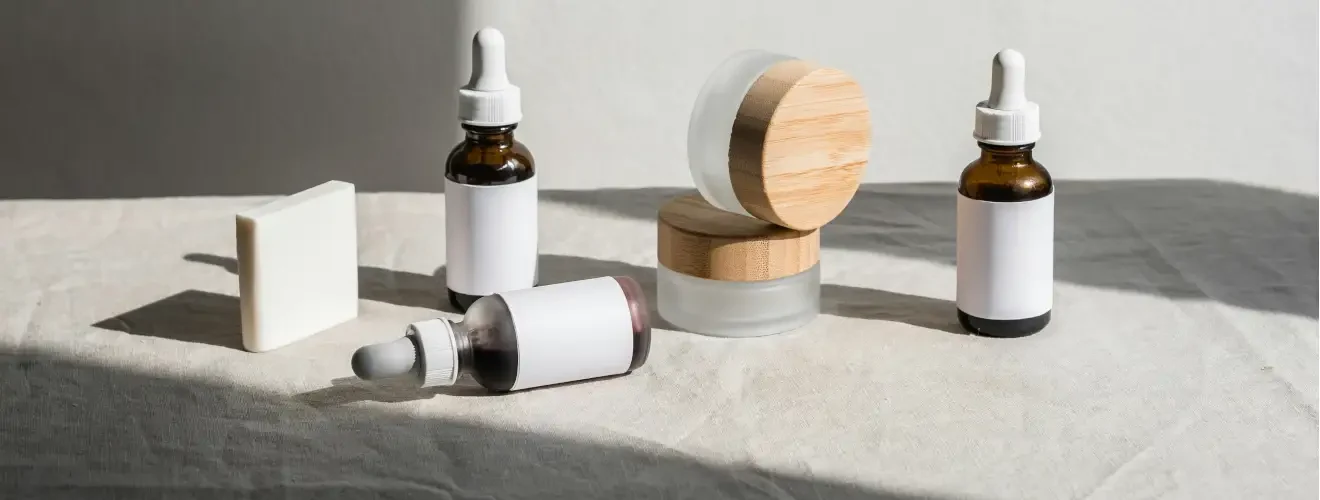Why Are Cleansers Suddenly Full of Active Ingredients?
There is a running joke among cosmetic chemists: if a trend exists, someone will find a way to dissolve it into a cleanser. Retinol, peptides, tranexamic acid, vitamin C — active ingredients designed to live on your face for hours — are now being hawked in products we literally have to rinse down the drain. The promise is that a "hit" of active ingredients in the cleansing step supercharges routines. The reality? You are paying for expensive ingredients that end up down the plughole.
Spend five minutes watching real people wash their faces and you will see how brutal the maths is for rinse-off actives. Most of us barely manage 10 to 20 seconds of active cleansing before the product hits the drain. Even the diligent few who massage for longer rarely push past the one-minute mark unless they have been browbeaten into a double-cleanse ritual. Dermatologists position 30 to 60 seconds as an upper limit for removing sunscreen and grime without wrecking the barrier. That window is a scientific blink for most active ingredients, especially when you add water, surfactants and the high pH required to stop your cleanser from breaking your face out.
If you need a case study demonstrating this disconnect, look at the Boots - No7 Future Renew Peptide Cleanser. The branding leans on the same peptide complex as the leave-on serum, the price jumps, and the marketing copy waxes lyrical about “supporting visible renewal”. Then the directions tell you to massage for a few seconds and rinse. No clinical data, no dwell-time guidance, just peptides flushed down the sink while the brand cashes in on Future Renew’s halo effect. Keep that polished tube in mind as we dissect its ingredient list below later.
Contact Time: The Inconvenient Truth
Active ingredients need residence time to penetrate the stratum corneum and interact with receptors or enzymes. Even over-the-counter retinol serums need nightly use for twelve weeks to show measurable wrinkle reduction. A cleanser that gets a 45-second whirl simply does not deliver the same bioavailability.
- Retinoids: Retinol requires conversion to retinaldehyde and then to retinoic acid inside the skin. Those enzymatic steps take hours, not seconds, and retinol hates water and light. Adding it to a surfactant system that is constantly being diluted and rinsed is a great way to degrade the molecule before it even sees a receptor.
- Vitamin C: L-ascorbic acid is only stable below pH 3.2 and in low-water environments. Most cleansers sit around pH 5.5 to 6.5 (if you're lucky) to protect the skin barrier and surfactant performance. As soon as you add tap water, you dilute it further and spike the pH. Any antioxidant benefit is gone before you reach for the towel.
- Peptides: Large, water-loving structures that rely on slow diffusion to penetrate. They are notoriously expensive and don't survive surfactant systems well. Short contact time means you're effectively washing lab-priced amino acids off of your cheeks.
AHAs, BHAs and the Promise of a Two-in-One
Acids are a favourite trick to justify "active" cleansers. Brands point to the proven benefits of glycolic, lactic or salicylic acid and imply you can achieve the same glow while washing your face.
Clinical data paints another picture. The often-quoted studies showing glycolic acid improves texture held the acid on the skin anywhere from 5 to 15 minutes or used leave-on lotions over weeks. When formulators put AHAs in cleansers, they neutralise some of the acid to keep the formula gentle, then ask you to rinse the rest away. The short exposure is handy if your aim is "micro-buffered exfoliation" (read: almost none).
Salicylic acid is the one partial exception. In high enough concentrations (2% for cosmetic products in the UK), it is lipid-soluble and can stick around longer than water-loving actives. Dermatology clinics sometimes recommend leaving benzoyl peroxide or salicylic cleansers on the skin for two to three minutes before rinsing as a compliance hack for teenagers who hate leave-ons. Notice the instruction there: leave it on. Without that dwell time, the benefit is mostly marketing.
The Ordinary’s Periodic Fable and the Industry Eye Roll
When The Ordinary launched their The Periodic Fable campaign, it was a swipe at brands sprinkling trendy molecules into everything without evidence. The campaign literally maps out ingredients that make no sense in rinse-off formats. Even they, a brand built on single-ingredient serums, are fed up.
The cynical take — and honestly the realistic one — is that cleansers are an easy upsell. Consumers have been trained that more actives equal more professional results. Put a retinol sticker on a face wash, build a social media campaign around "streamlined routines," and you can charge double. The product flies off shelves despite delivering less retinoid activity than a basic night cream from the chemist. I’ve tested enough “active” cleansers to spot the fakes: they feel luxurious, smell convincing, and still deliver nothing once they meet the tap.
When a Rinse-Off Active Actually Makes Sense
There are niche scenarios where rinse-off actives earn their keep:
- Prescription antifungal shampoos (ketoconazole 2%) and medicated bath additives are designed to sit on the skin for three to five minutes before rinsing. They still rely on contact time.
- Dermatologists sometimes recommend short-contact therapy for acne or dermatitis, but they give clear instructions: apply, wait, then rinse and follow with a leave-on treatment.
- Exfoliating cleansers can soften flakes before a shave or self-tan. The key is that they are prep steps, not the main event.
These products come with medical advice or very intentional directions. They are not a jazzy add-on in a "hydrating retinol cleanse" marketing carousel.
A Cleanser That Respects Contact Time

If you want a short-contact cleanser that actually gives instructions to let the formula work, look at the Cantabria Labs Biretix Cleanser. It is designed for acne-prone skin and the brand tells you to massage it in and leave it for one to two minutes before rinsing. That dwell time is the difference between a marketing story and a treatment step.
Instead of sprinkling in half a dozen buzzword actives, the formula builds around BIOPEP-15 — Cantabria Labs' patented, botanical-derived peptide complex that targets acne-causing bacteria across the whole Biretix range. The supporting ingredients (gluconolactone, aloe) are there to buffer, hydrate and keep the skin calm, not to inflate the label copy. The result is a cleanser that stays in its lane: prep the skin, respect the contact time, then get out of the way so your leave-on therapy can do the heavy lifting.
How to Spot the Placebo Cleanser
- The brand dodges the contact-time question or tells you to rinse immediately.
- The ingredient list shouts about retinol, peptides or vitamin C but the formula sits in a clear, unprotected bottle that sees your steamy bathroom every day.
- There is no independent data: no time-in-use studies, no transepidermal water loss measurements, no before-and-after imagery beyond soft-focus stock photography.
- The cleanser costs far more than the brand's basic version, with the only difference being a sprinkle of actives.
If a product genuinely wants to deliver active results, it will reference in-house data or publish at least a minimal efficacy study. Silence is an answer.
Case Study: No7 Future Renew Peptide Cleanser
Boots pushes this cleanser as if it were the Future Renew serum in a face-wash format, promising peptide-powered “visible renewal.” The reality is a standard creamy cleanser template. The ingredient list opens with water, caprylic/capric triglyceride, glycerin, isononyl isononanoate and cetearyl alcohol — all perfectly sensible emollients that help the product feel cushiony yet have nothing to do with collagen, elastin or “future-proofing” anyone’s skin.
Mid-deck you’ll find familiar supporting characters: niacinamide, panthenol, tocopheryl acetate, ascorbyl glucoside and sodium hyaluronate. These can be brilliant in leave-on formulas, but they need either time on the skin or very specific pH conditions to deliver. As soon as this cleanser hits water, the niacinamide is diluted, the ascorbyl glucoside drifts away from its optimal pH window, and the hyaluronic acid is literally washed off before it can function as a humectant layer.
The peptides the marketing team won’t stop talking about — palmitoyl tetrapeptide-94 and palmitoyl tetrapeptide-95 — are parked at the tail end of the INCI listing, after the preservatives, neutralisers and botanical garnish (morus alba leaf and ginseng extracts). Ingredient order rules mean they are present at well under 1%, in a formula that tells you to rinse immediately. Even if these were the same proprietary peptides as the serum, the contact time and low concentration make them decorative at best. So, in essence, the peptides are in such miniscule concentrations that they will be having zero skin effects.
In short, the Future Renew Peptide Cleanser is a nicely textured rinse-off lotion with a luxury price tag. Its “repair” claims rely on buzzwords transplanted from the leave-on range, while the actual formula behaves like a basic cleanser that swaps in a pair of low-dosed peptides for marketing sparkle. It is exactly the kind of product consumers should flag when deciding whether a cleanser’s ingredient list truly matches the promise on the box.
It also clocks in at just under £25 for 150 ml. Charging that much for a product that headlined “peptide cleanser” yet tucks both peptides below the 1% line is, at best, creative marketing and, at worst, an extortionate lesson in how far a brand will go to monetise a buzzword.
Cleanse to Cleanse, Treat to Treat
The job of a cleanser is painfully simple: dissolve sunscreen, makeup and daily grime, then get off your face without trashing the barrier. If a formula does that without leaving you tight, you've already won. The “treat” part of your routine belongs to products that are designed to remain on the skin — serums, essences, moisturisers, prescription creams. They come with time, concentration and packaging that protect sensitive actives from light, air and your bathroom humidity.
So cleanse, pat dry, and then bring in the heavy hitters: the retinoid serum that has stability testing, the vitamin C phial that stays under pH 3, the peptide moisturiser that is meant to sit overnight. That is where you will actually get the clinical outcomes brands love to shout about.
If you’re mapping out a breakout-friendly routine that respects each step, my /blog/teenage-acne/ guide lays out the cleanse-treat-seal flow I use with teenage clients.
If you still enjoy the sensorial hit of an "active" cleanser, treat it as a short-contact treatment. Massage, leave it on for a couple of minutes, rinse, and accept that you are propping up a formula that was underpowered for its marketing brief. Keep the cleanse step honest and let leave-ons do the job they were built for.
Demand Better Formulations
Consumers have every right to be irritated. Rinse-off products with pricey actives are the definition of greenwashing, only this time it is "science-washing." Brands could spend the same money reformulating serums for real-world stability, but marketing budget prefers a flashy cleanser.
Ask for contact-time data. Question why the brand skipped a leave-on version. Reward companies that focus on efficacious steps instead of gimmicks. And if a product screams about retinol in a face wash, remember: the only thing truly getting treated is the brand's profit margin.
Affiliate Disclosure
A Quick Heads-Up!
ⓘ So I can keep this website running and continue to share skincare tips and content you love, I sometimes use affiliate links. This means if you click a link and buy something, I might earn a small commission from the retailer, at no extra cost to you. Think of it as a high-five for me recommending a product you were curious about! Please know that my recommendations are always honest. I only link to brands or products that I have personally used and genuinely believe in. Your trust means everything to me, and your support helps me continue testing and reviewing for you. Thank you!

